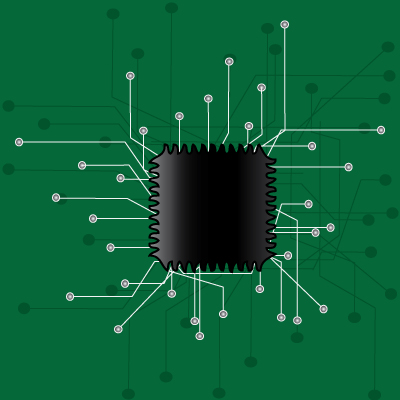What is a Computer Chip and How Does It Work

The computer processor or chip was introduced to the world in 1961 and is a principal of recent processing technology. A computer chip is a small square or rectangular object of crystalline rubber containing millions of electrical parts, known as transistors, which have the ability to control the circulation of current in the computer. These computers involve different types of processors which include a central processing device (CPU) processor and storage processors. These chips are usually placed on the electric board of the computer. The advent of the computer chip has revolutionised technology and provided systems to make life easier.
Instructions
-
1
Wafers are used to create computer chips. Essentially its life starts as thin pieces of rubber, generally between 6-10 inches wide. Automated equipment imprints minute flow styles onto the wafers. The styles are customised with acid and replaced with metal that helps the transistors and electricity perform their operations. Each wafer is cut into a number of personal PC processing chips.
-
2
Each transistor on the surface of a PC chip works as a switch to make low-level digital reasoning component, known as a checkpoint. If positive charging is used to the checkpoint, it draws adversely charged contaminants, known as electrons, allowing electricity to circulate in the processor. If negative charging is used to the checkpoint, the present stops and the checkpoint ends. Adjusting series of start and closed gateways allows your laptop or computer to process guidelines and information.
-
3
In the case of a CPU processor, each checkpoint allows information to circulate from one functional device to another or onto a certain set of electrical conductors, a quantity of Physics. The information flows into the CPU processor from the primary storage, or ram (RAM), of your PC. It is saved temporarily in small, fast storage area located on the same incorporated routine as the CPU, known as a storage cache. Instructions that tell the CPU what to do are saved in a code storage cache, while information to be processed is saved in an information storage cache.
-
4
The other primary function of a PC processor is providing storage to the users. RAM, for example, consists of a series of connecting processors/chips organized on printed boards, known as storage segments, which plug into the primary board, or mother board, of a PC. The standard segments used by typical PC systems are known as single, inline, storage segments or dual, inline, storage segments.




